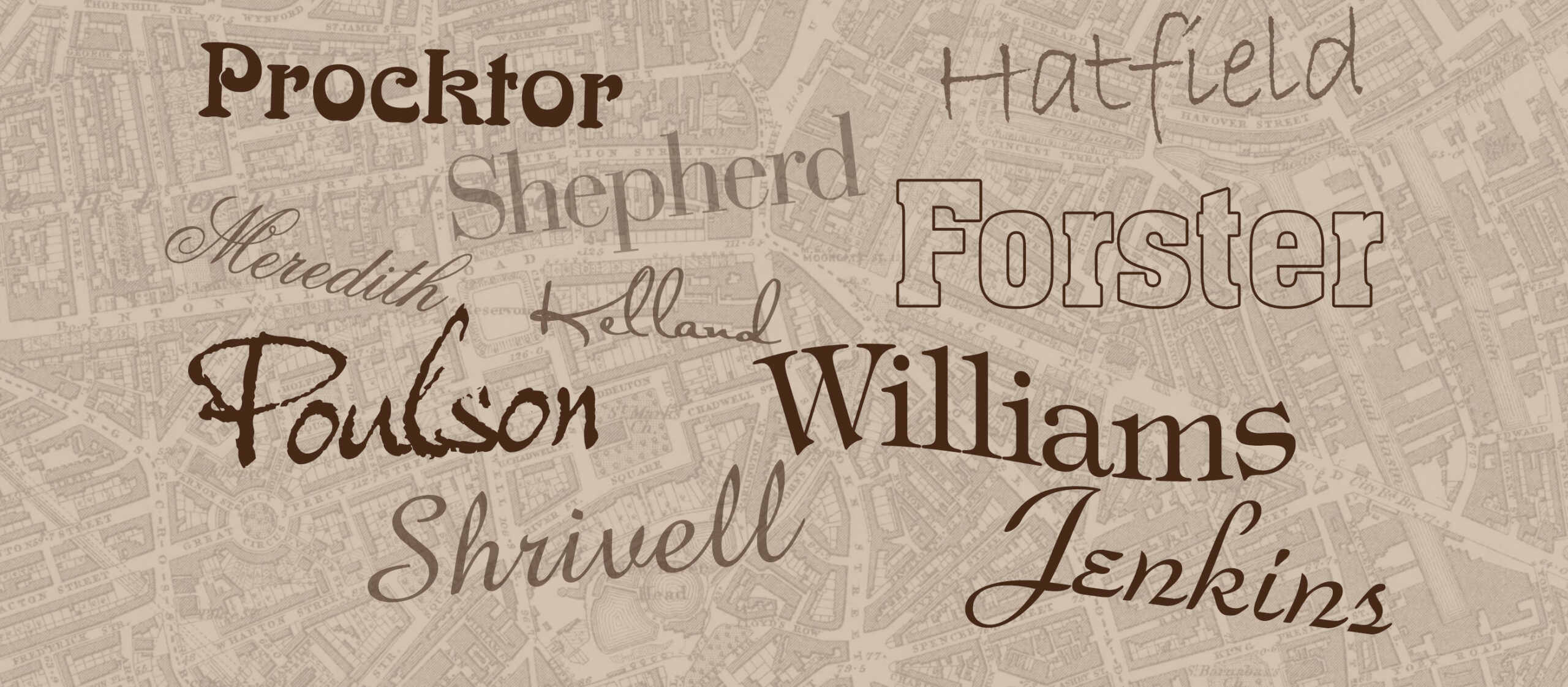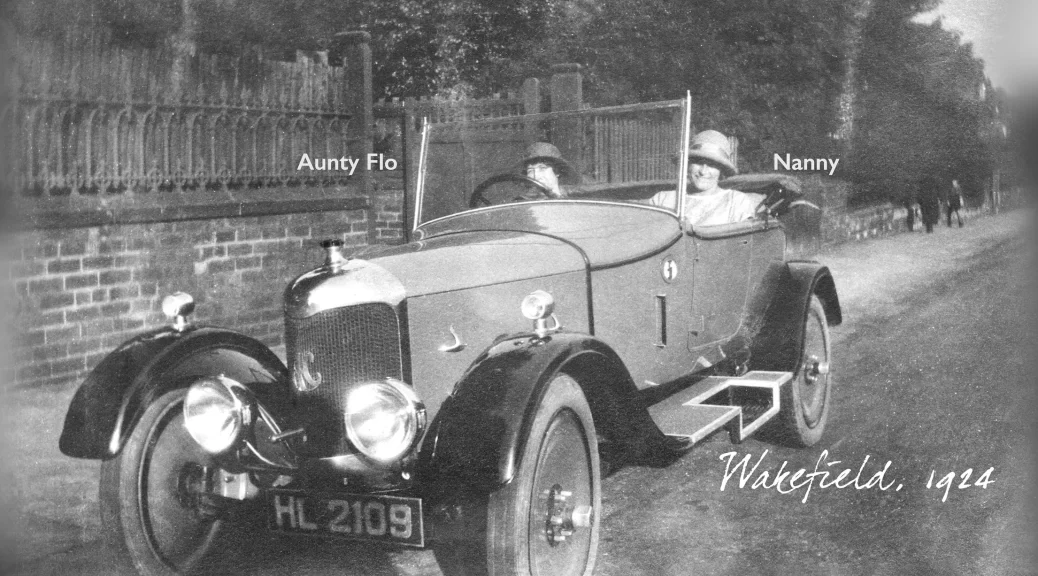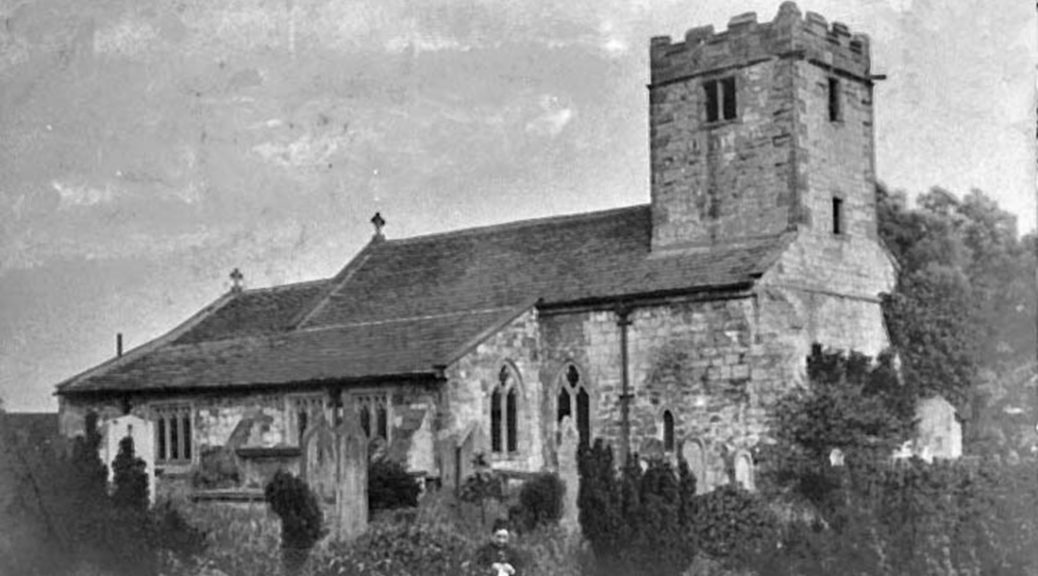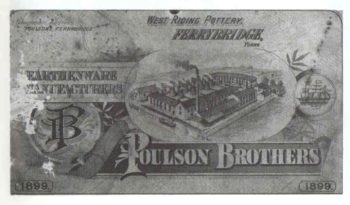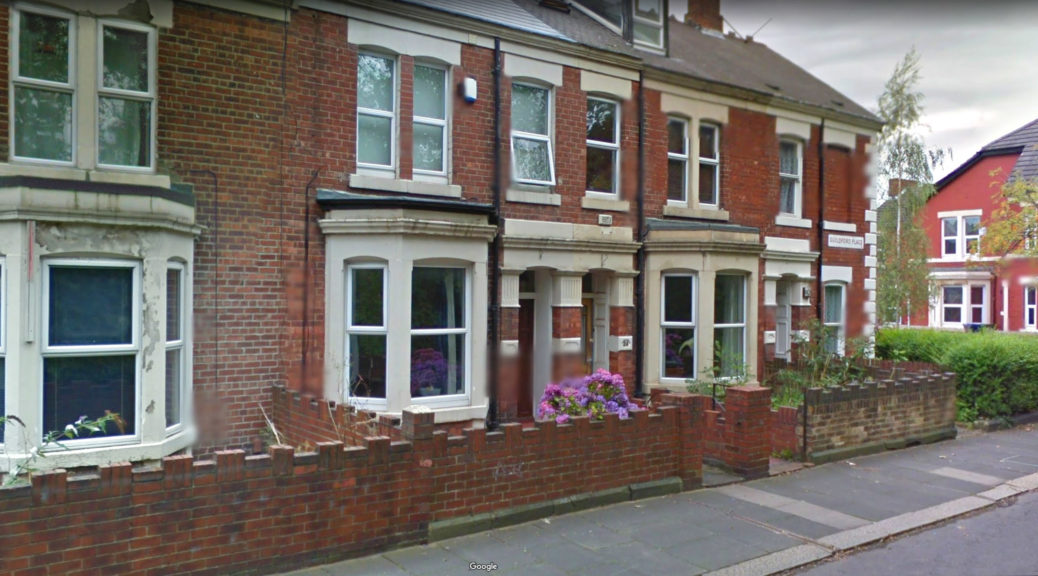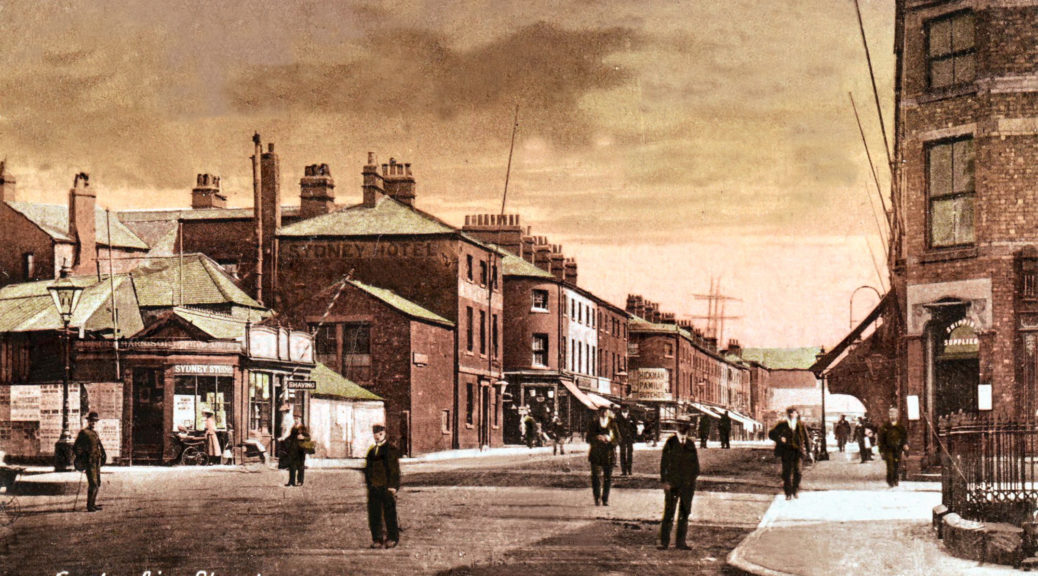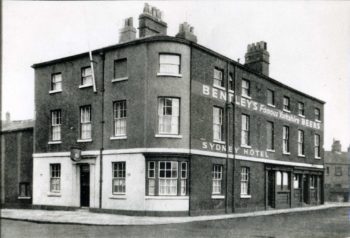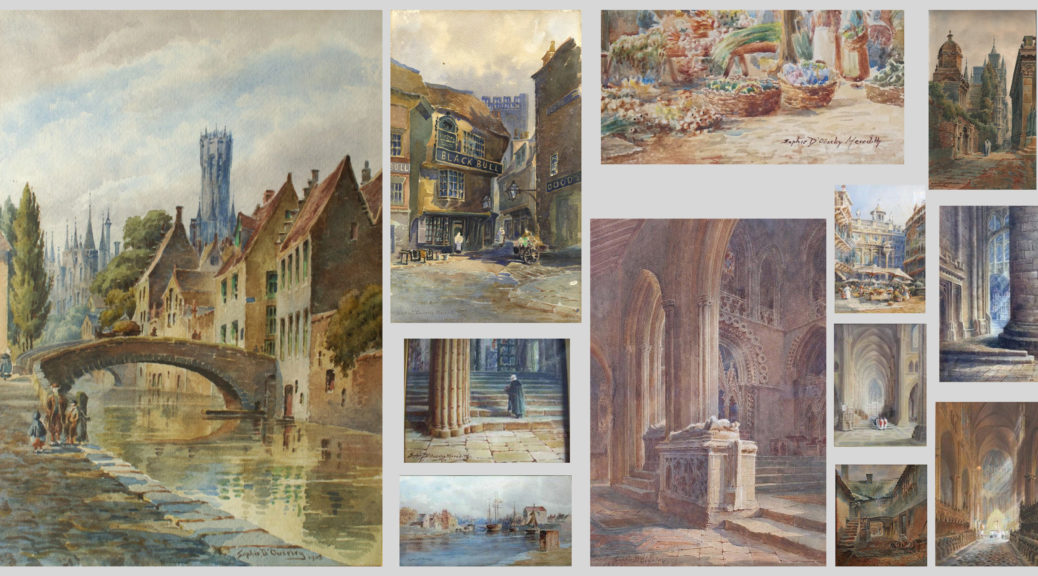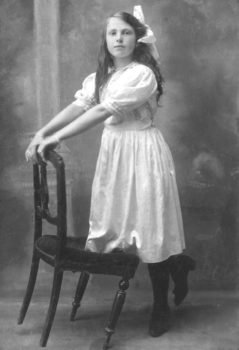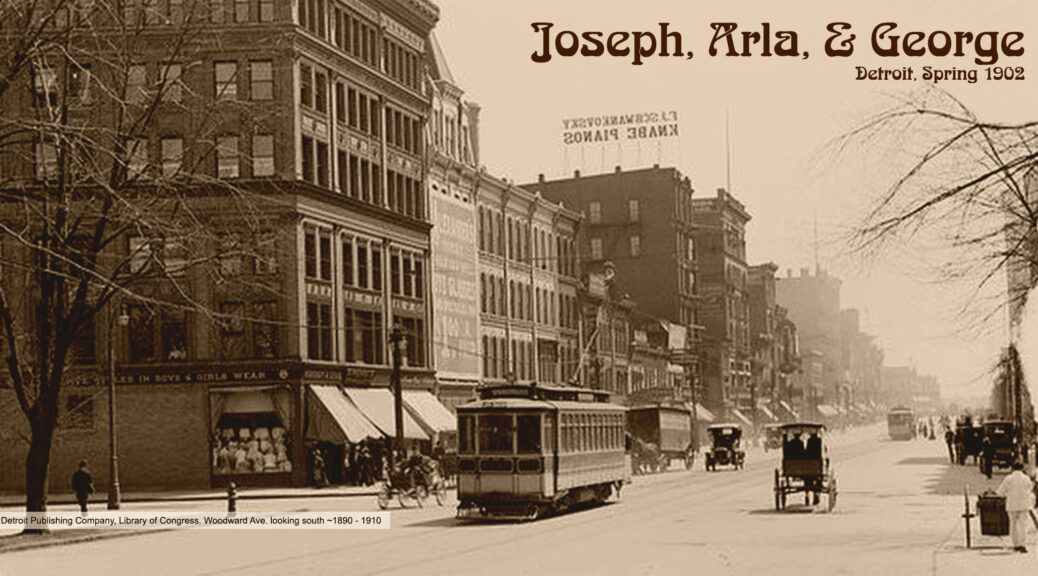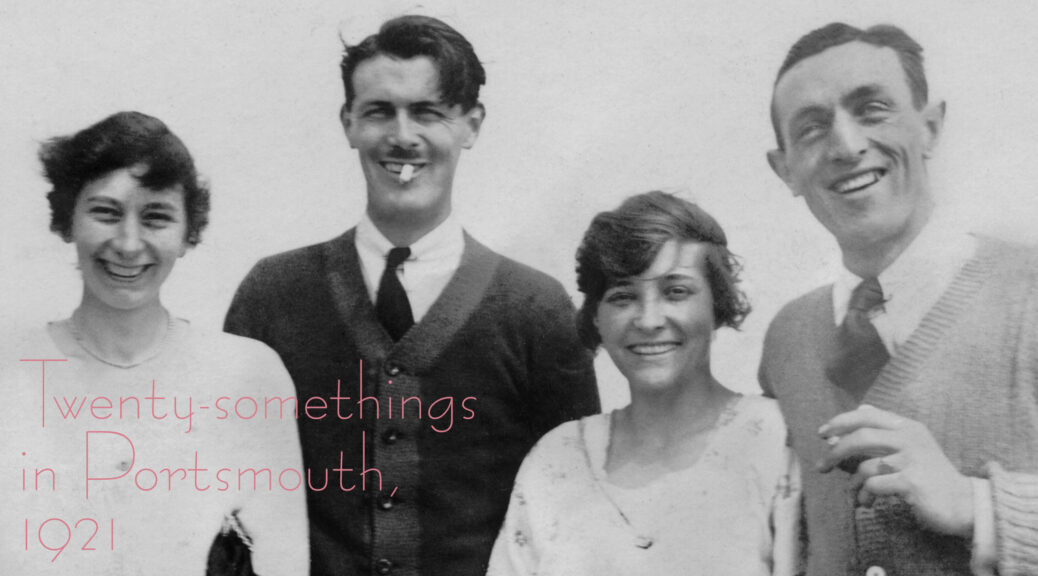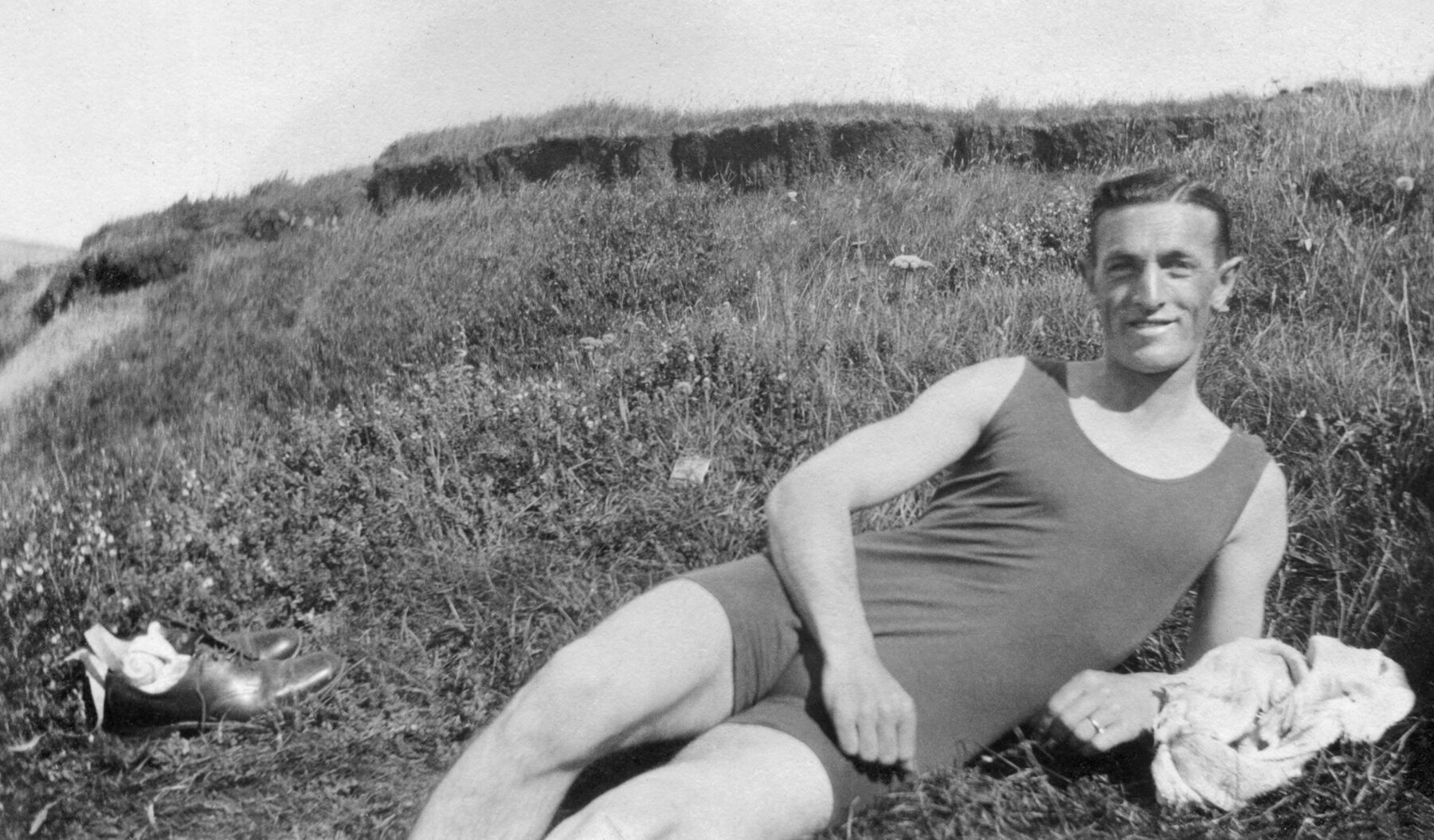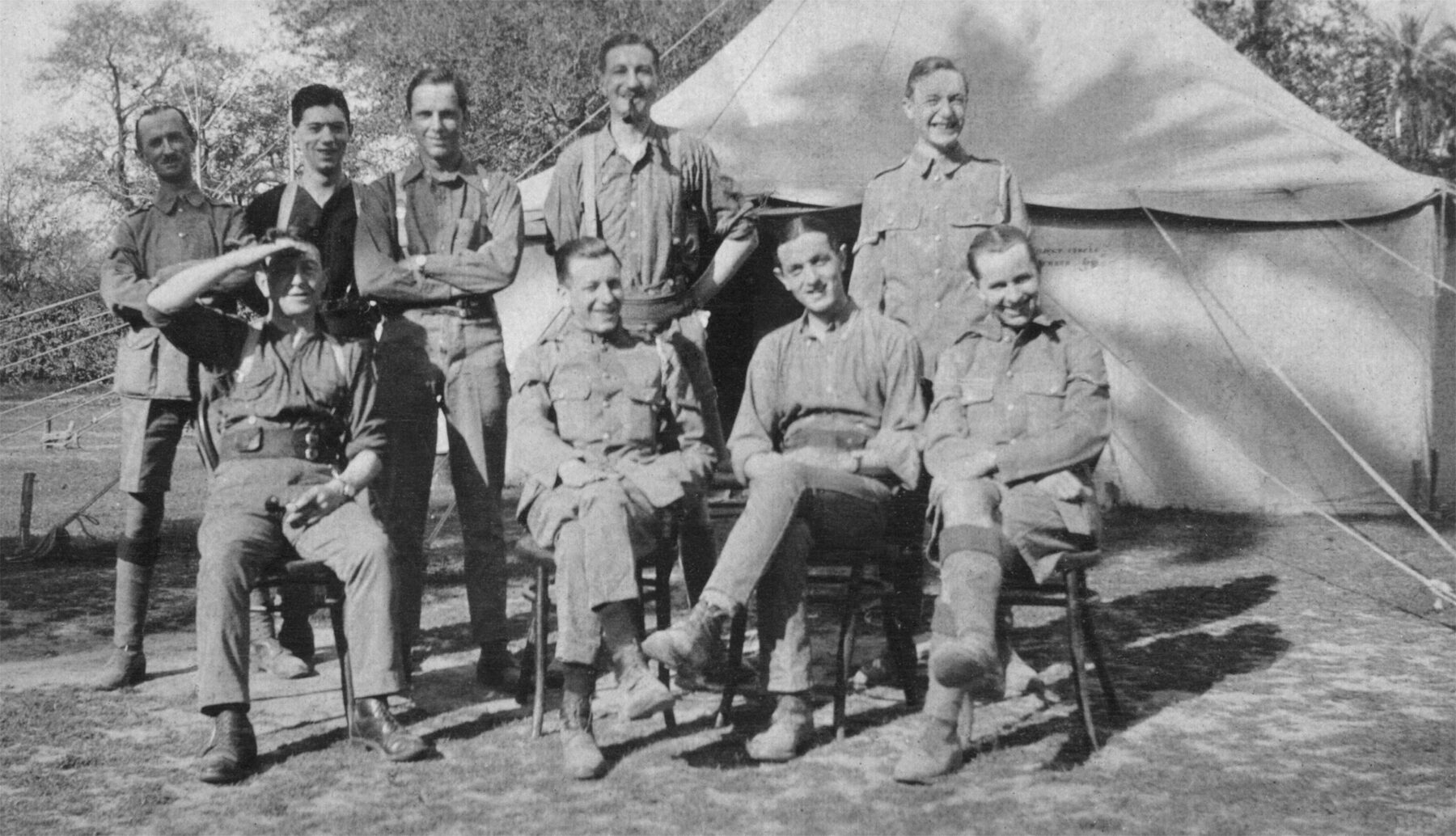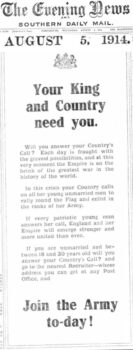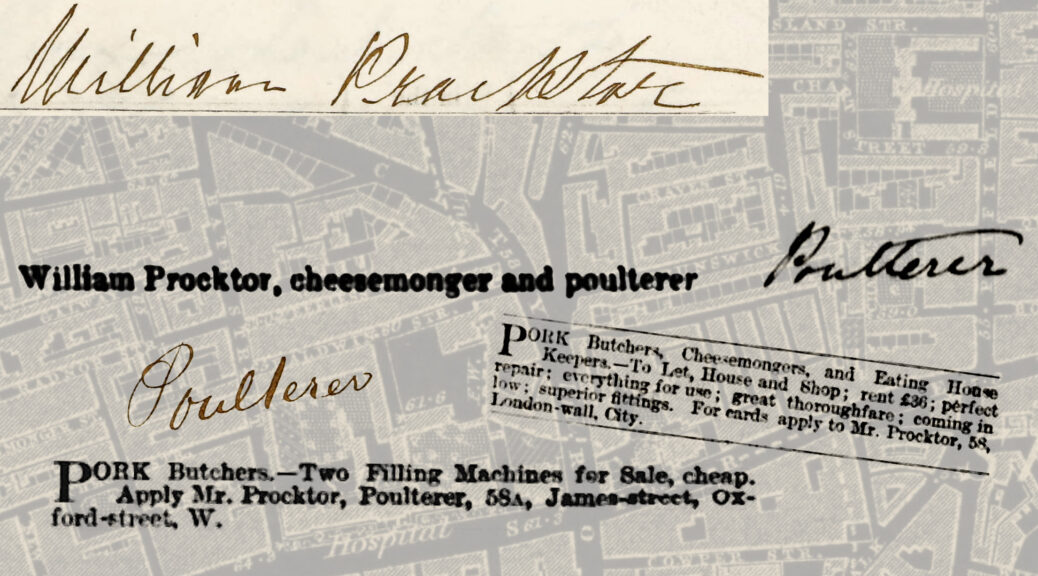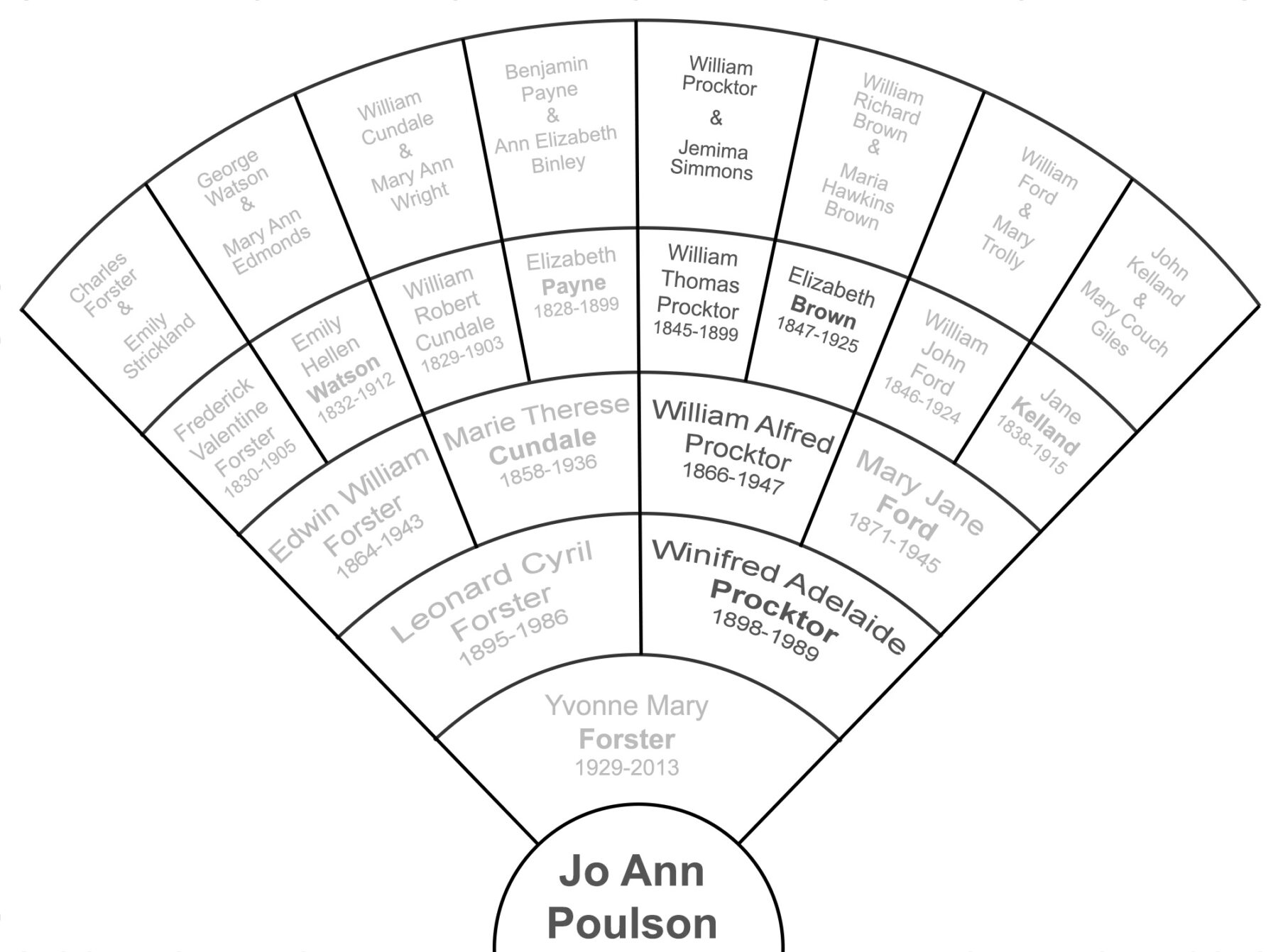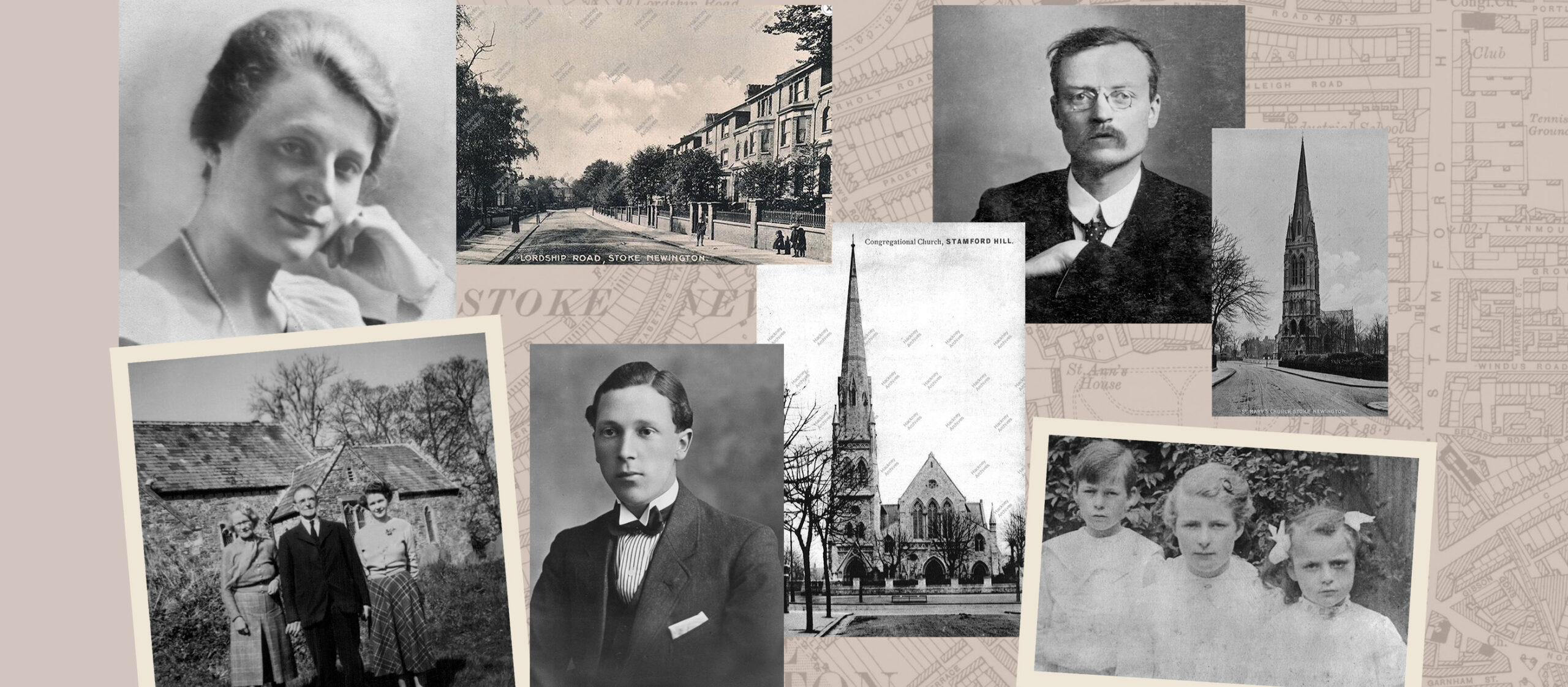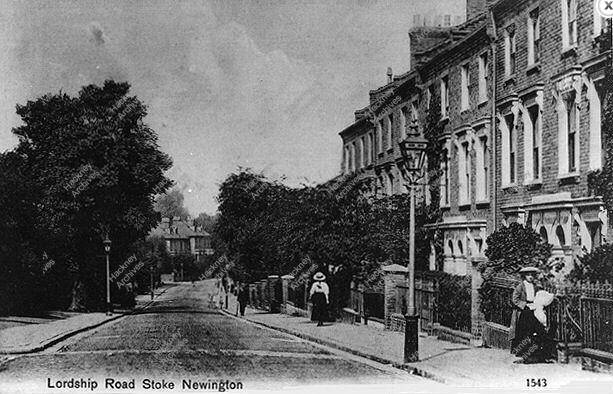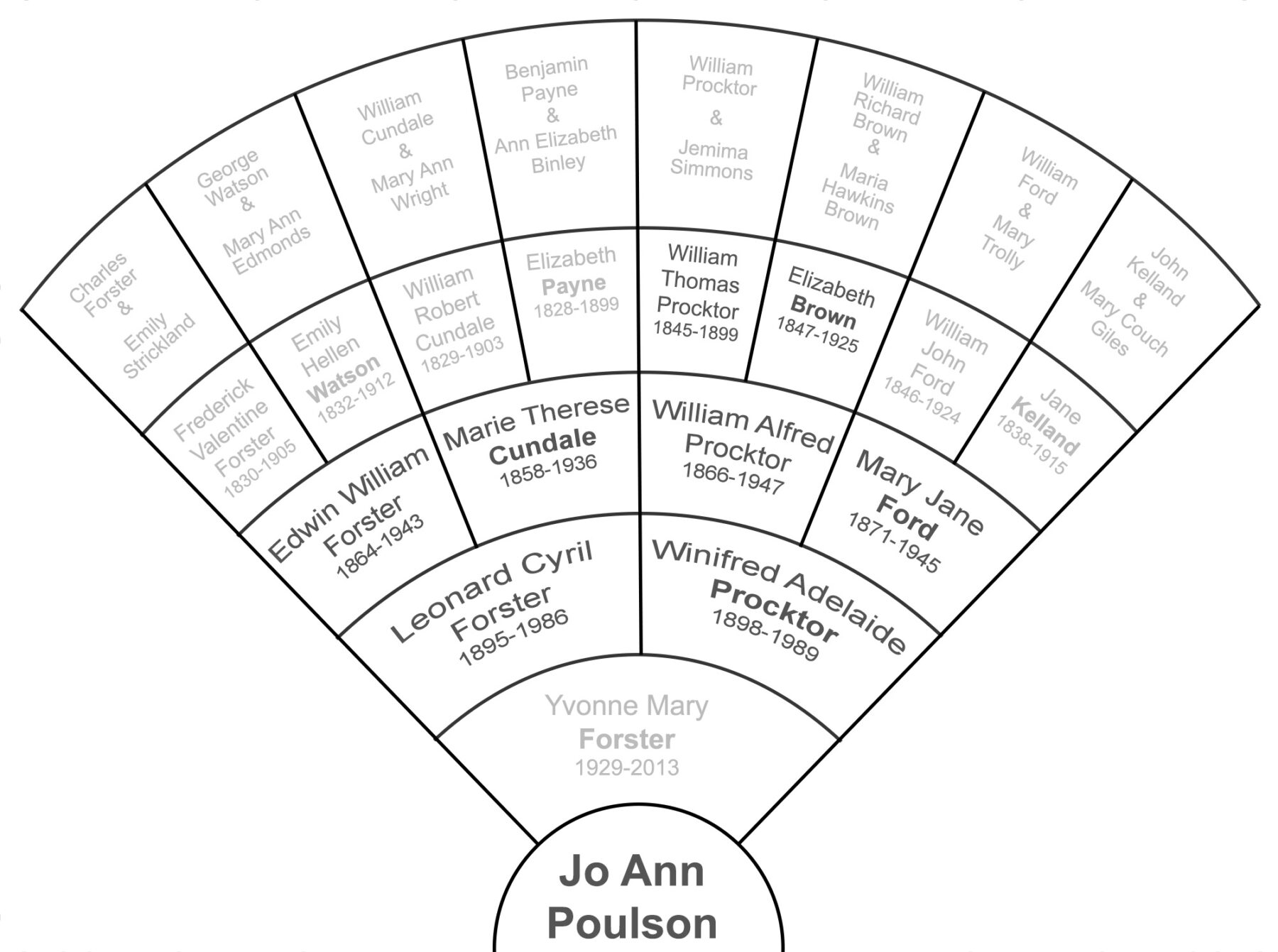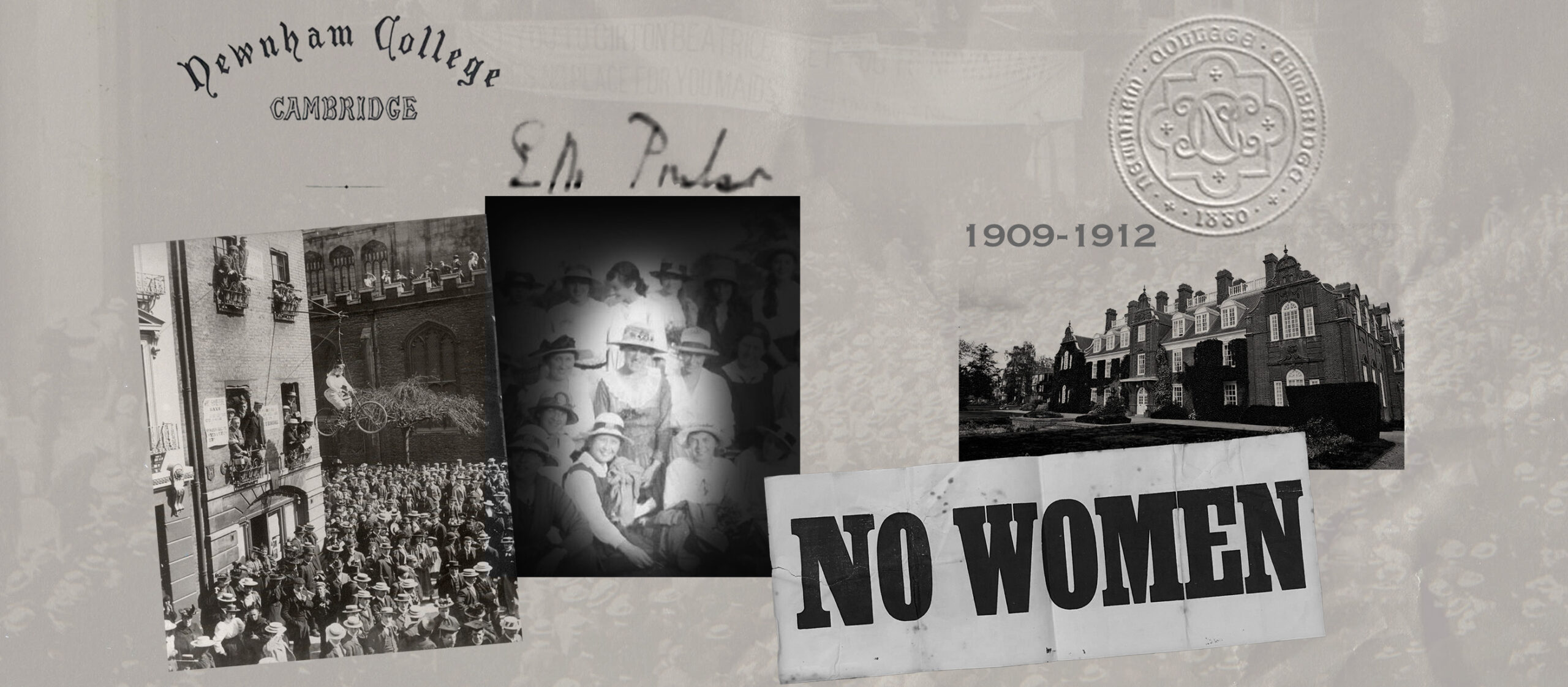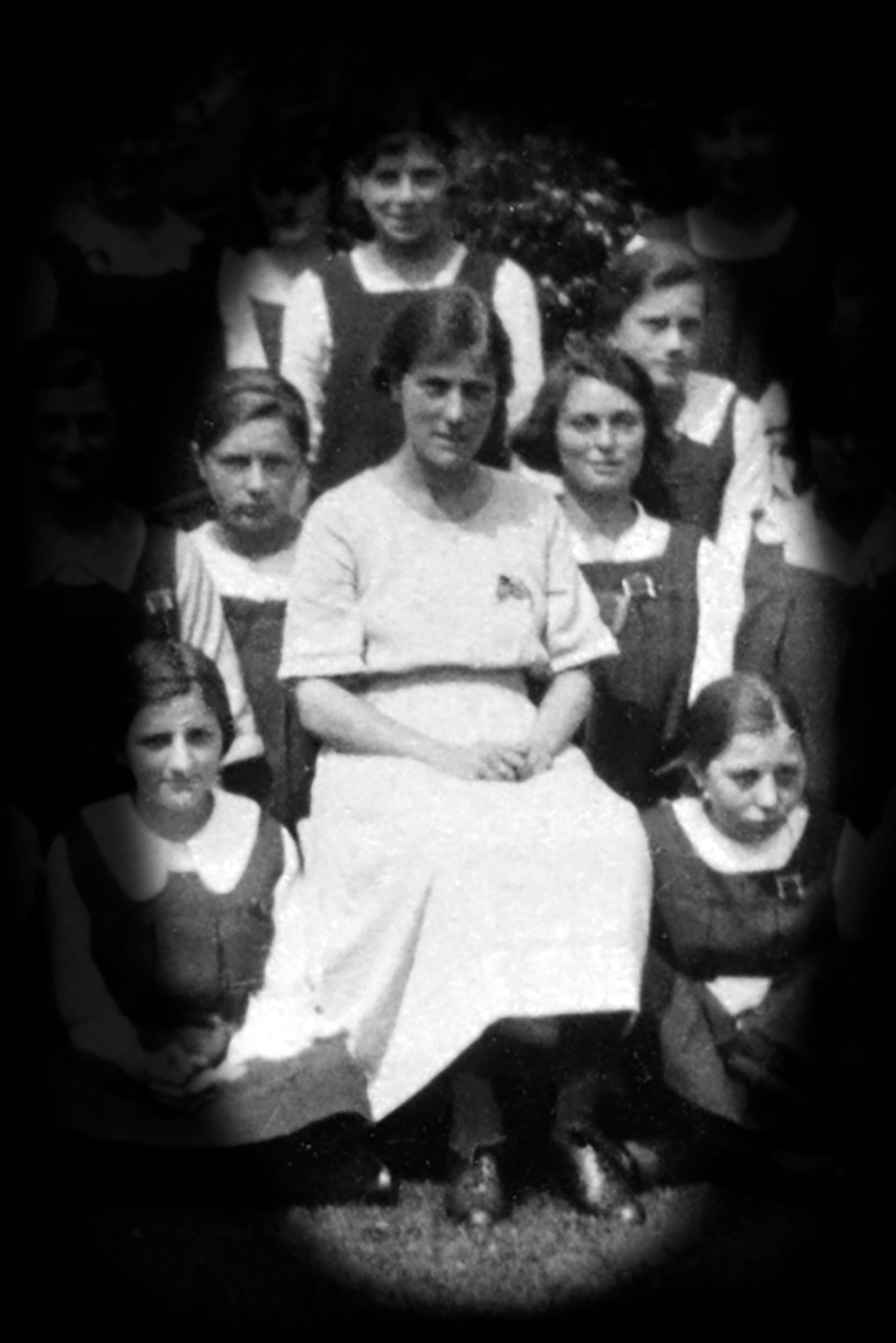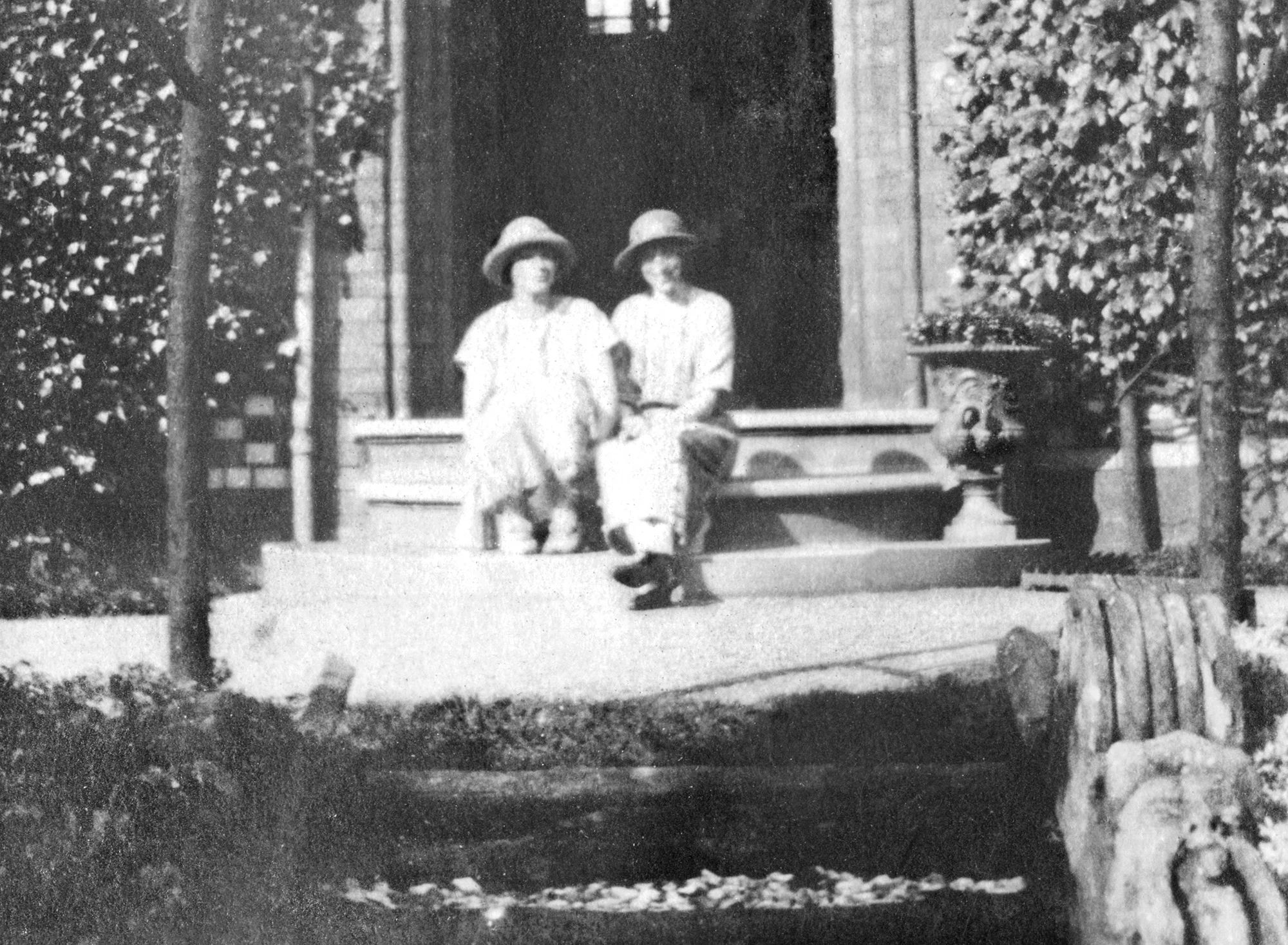
Tales of the extended Shepherd family and two Shepherd sisters, my great grandmother Mary Ann and Emily are in earlier blog posts – I didn’t realize I hadn’t finished! I recently scanned a photograph from my grandmother’s album captioned Aunty Flo, Wakefield 1924 and realized I didn’t know who Flo was. The photo doesn’t have much detail, but the two women looked roughly the same age – my grandmother was 27. A short wander through the family tree convinced me it was Florence Shepherd, my great grandmother’s youngest sister (a young-looking 42).

After piecing many records and pictures together to tell her story, I realized that after the Summer of 1917, Florence was the last maternal relative standing for my Grandfather and his 5 surviving sisters. She played a particularly important role for the two youngest girls – as their guardian.
Continue reading Aunty Flo’s world of love and loss
